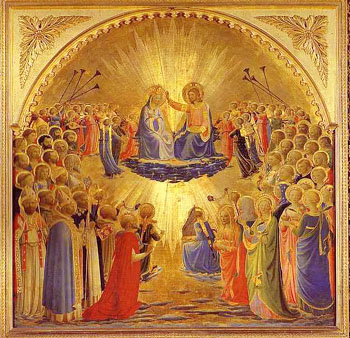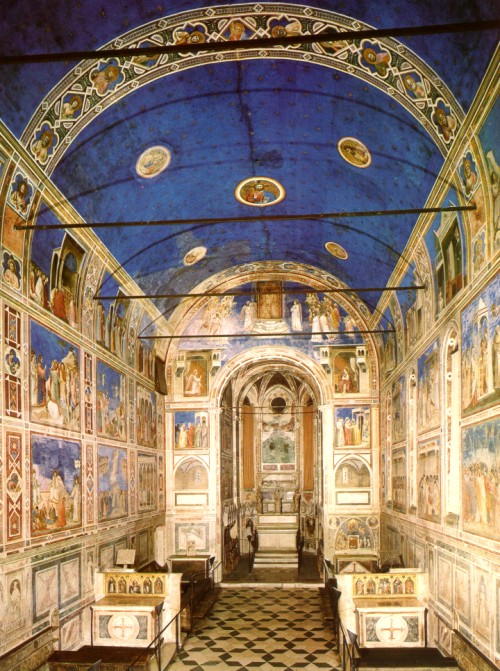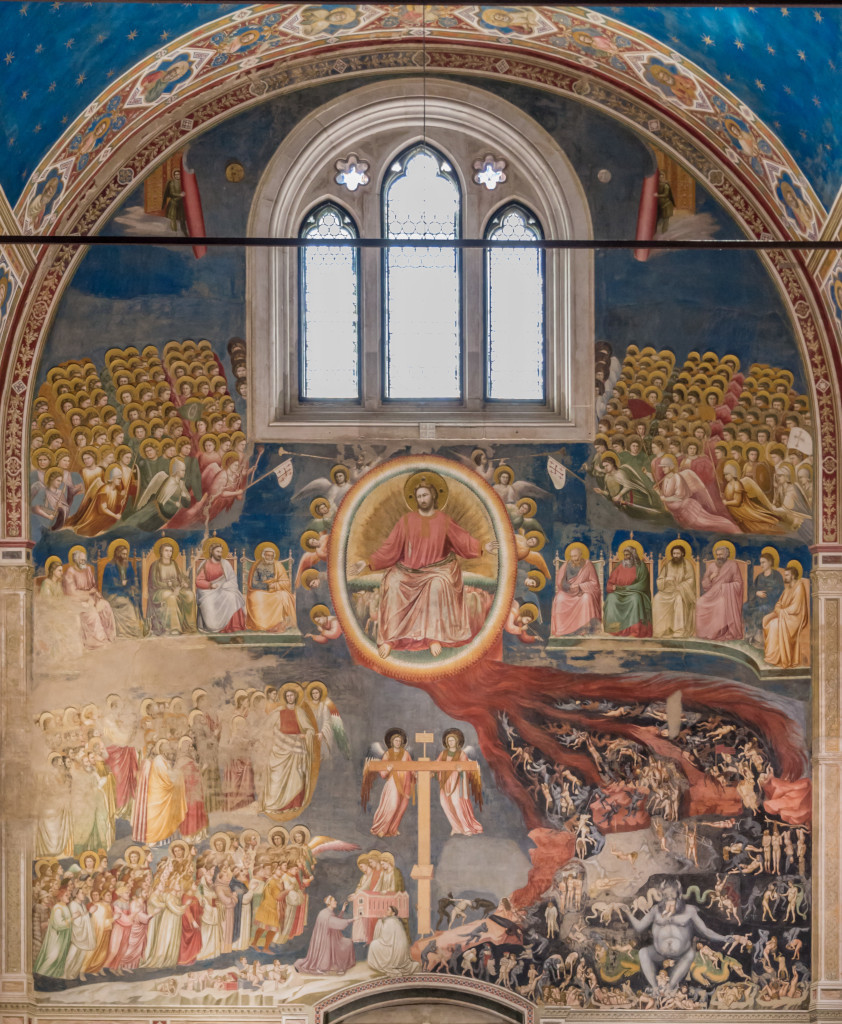 An ancient beautiful prayer that leads us to joy, and opens us up to inspiration and creativity; part 1, part 2 here The Divine Office (also called the Liturgy of the Hours), is one of the four pillars of the spiritual life of the new liturgical movement. This is the first in a regular series that highlight the riches of the the liturgy of the Church and how it is at the root of Western culture.
An ancient beautiful prayer that leads us to joy, and opens us up to inspiration and creativity; part 1, part 2 here The Divine Office (also called the Liturgy of the Hours), is one of the four pillars of the spiritual life of the new liturgical movement. This is the first in a regular series that highlight the riches of the the liturgy of the Church and how it is at the root of Western culture.
'The Mass is a precious jewel and that jewel has its setting, which is the Divine Office. The Divine Office also has its setting, which is the cosmos.' This is how a priest who was visiting Thomas More College of Liberal Arts put it to me recently. In the picture of words he painted for us, the Divine Office mediates between the Mass and cosmos. Through its pattern of prayer, it highlights for us the rhythms and patterns of sacred time, which are reflected also in the cosmos. The cosmos points us not only to the Divine Office, through its order, but also through its beauty draws us in and lifts our souls to God in heaven. God's angels and His saints are praying the heavenly liturgy - this is the activity, so to speak, of the exchange of love with God in perfect and perpetual bliss. And through the Mass the heavenly and the earthly, the divine and the human meet and the otherwise impassable divide is bridged supernaturally. By it, can step supernaturally into the heavenly dimension.
The Divine Office is an often-forgotten ancient form prayer, which has its roots in the pre-Christian worship of the Jews. We can assume that as a devout Jew, Christ will have prayed it, and we know from the Acts of the Apostles that the tradition was continued by His Church. Priests and religious of the Church are obliged to pray it to this day and we would perhaps most commonly associated it with the chanting of monks and nuns. But it is not their preserve. In the past it was a widespread regular practice for most lay people also. The Church of today encourages lay people to pray this too placing it in value above all other prayers and devotions apart from the Mass. I was first encouraged to pray it by my spiritual director, one of the Fathers at the London Oratory, when I was living in England. It has been a life transforming experience for me.
In essence the Divine Office is simple. We say, or ideally sing, the psalms at regular intervals during the day, marking significant times called ‘Hours’. It is part of the Liturgy, the formal and public worship of the Church (like the Mass) and for this reason also known as the Liturgy of the Hours. If you want to pray with the priests of the Church then you can see each Office set out each day at www.universalis.com.
 If we pray in harmony with rhythms and patterns of the cosmos, especially the cycles of the the sun, the moon and the stars, then the whole person, body and soul, is conforming to the order of heaven. The daily repetitions, the weekly, monthly and season cycles of the liturgy allow us to do just that. In his book, the Spirit of the Liturgy, Pope Benedict XVI calls our apprehension of this order, when we see the beauty of Creation a glimpse into 'the mind of the Creator'. This conformity in prayer opens us up so that we are drawing in the breath of the Spirit, so to speak, as God chooses to exhale. It increases our receptivity to inspiration and God’s consoling grace and leads us more deeply into the mystery of the Mass.
If we pray in harmony with rhythms and patterns of the cosmos, especially the cycles of the the sun, the moon and the stars, then the whole person, body and soul, is conforming to the order of heaven. The daily repetitions, the weekly, monthly and season cycles of the liturgy allow us to do just that. In his book, the Spirit of the Liturgy, Pope Benedict XVI calls our apprehension of this order, when we see the beauty of Creation a glimpse into 'the mind of the Creator'. This conformity in prayer opens us up so that we are drawing in the breath of the Spirit, so to speak, as God chooses to exhale. It increases our receptivity to inspiration and God’s consoling grace and leads us more deeply into the mystery of the Mass.
Also, participation in the Liturgy of the Hours is an education in beauty. It impresses upon our souls the order of the cosmos and so enhances our creativity. Whatever your discipline, ideas that are in harmony with the natural order are more likely to occur to you in your daily work. For example, I wrote about how awareness of the symmetry of the natural order has already aided scientific research, in the field of particle physics, in a previous article called Creativity in Science through Beauty.
Those who want to learn about this can approach any priest or religious (ie monk or nun) and ask them what they do. Alternatively, the Way of Beauty summer retreats at Thomas More College of Liberal Arts teach us how to pray the Liturgy of the Hours and how you can realistically incorporated it into a busy working or family life. It also teaches us just how the heavenly order that permeates traditional Western culture and can again in the future. Those who are interested in more information about this should go here.
For a longer essay on this read The Cosmic Liturgy and the Mind of the Creator.
The painting at the top is Fra Angelico and the frescoes below are by Giotto. Note the stars in the sky. This is not just a device by an interior designer to make the space seem bigger by creating the illusion that there is no roof. This is deliberately encouraging in us the sense that the cosmos is praying with us and that the heavens point us to Heaven.
Part II is here.





